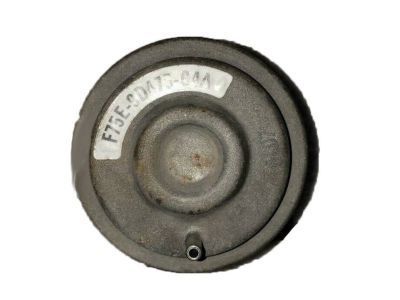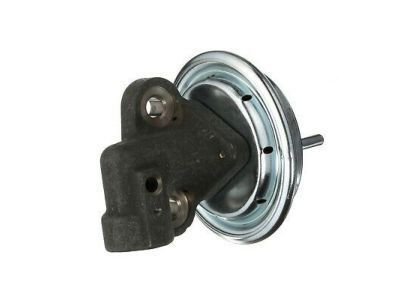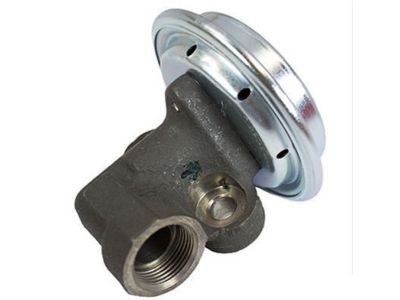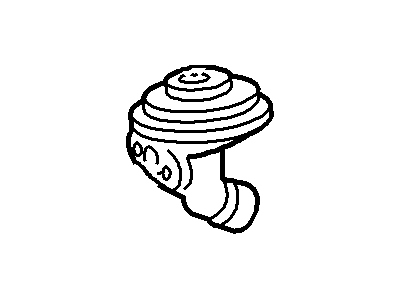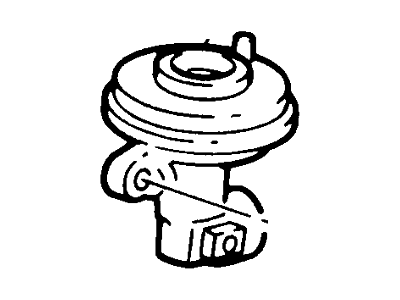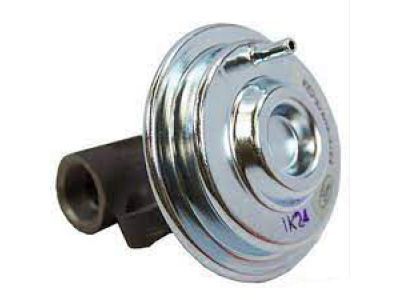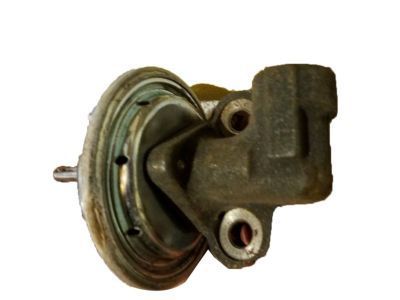×
- Live Chat
- 1-888-788-9341


My Garage
My Account
Cart
Genuine Ford Excursion EGR Valve
Emissions EGR Valve- Select Vehicle by Model
- Select Vehicle by VIN
Select Vehicle by Model
orMake
Model
Year
Select Vehicle by VIN
For the most accurate results, select vehicle by your VIN (Vehicle Identification Number).
14 EGR Valves found
Ford Excursion Valve - Exhaust Gas Recirculation
Part Number: XL3Z-9D475-CA$84.26 MSRP: $139.27You Save: $55.01 (40%)Ford Excursion Valve - Exhaust Gas
Part Number: F57Z-9D475-B$78.76 MSRP: $130.18You Save: $51.42 (40%)Ford Excursion Valve - Exhaust Gas Recirculation
Part Number: F87Z-9D475-A2A$79.31 MSRP: $131.09You Save: $51.78 (40%)Ships in 1-2 Business DaysFord Excursion Valve - Exhaust Gas Recirculation
Part Number: F77Z-9D475-F2A$75.35 MSRP: $127.09You Save: $51.74 (41%)Ships in 1-2 Business DaysFord Excursion Valve - Exhaust Gas
Part Number: F75Z-9D475-C4A$84.26 MSRP: $139.27You Save: $55.01 (40%)Ford Excursion Valve - Exhaust Gas Recirculation
Part Number: F7UZ-9D475-A4A$59.58 MSRP: $98.47You Save: $38.89 (40%)Ford Excursion Valve - Exhaust Gas Recirculation
Part Number: F75Z-9D475-DA$82.19 MSRP: $131.09You Save: $48.90 (38%)Ford Excursion Valve - Exhaust Gas Recirculation
Part Number: F37Z-9D475-C$82.19 MSRP: $131.09You Save: $48.90 (38%)
Ford Excursion EGR Valve
The feedback from the EGR Valve is on Ford Excursion vehicles helps regulate the exhaust gases returning to the combustion chamber when the air-fuel ratio is too high or low, thus lowering emissions. It plays the role of reducing NOx emissions by utilizing the exhaust gas again, reducing the combustion temperature and increasing engine efficiency. Initially, EGR was used just as jets, but now the applications utilise valves that can change themselves depending on the circumstances with the engine. Thus, EGR efficiently works concerning emission standards, but some of the up-to-date motors, such as the Chrysler Pentastar 3.6, do not rely on EGR. It is recommended that maintenance of the EGR valve should be done periodically so that carbon deposits do not accumulate and block the valve.
We provide a wide range of Ford Excursion EGR Valve at the best prices possible. If you need Ford Excursion EGR Valve, you can shop with confidence on our website. All our OEM parts come with a manufacturer's warranty and are delivered to your door step with a fast delivery service.
Ford Excursion EGR Valve Parts Questions & Experts Answers
- Q: How to replace the EGR valve and other components in a Ford Excursion's EGR system?A: The EGR system helps reduce oxides of nitrogen (NOx) by recirculating exhaust gases from exhaust ports through the EGR valve and back into the intake manifold, thereby lowering peak flame temperature during combustion. Models are equipped with the Electronic Exhaust Gas Recirculation (EEGR) system, which depends on the PCM for EGR control. The EGR flow rate is gauged by monitoring the pressure across a fixed orifice when exhaust gases pass through it, termed the Differential Pressure Feedback (DPFE) system. The system consists of the EGR valve, EGR vacuum regulator (EVR), Powertrain Control Module (PCM), differential feedback pressure sensor, EGR pipe, and various vacuum hoses. For EGR valve replacement, use the code stamped on its top when buying a new one. Turn the ignition OFF, remove the air filter housing, disconnect the EGR valve connector and vacuum hose, detach the EGR pipe, and remove the EGR valve retainer bolts. Clean the EGR valve gasket surface if reusing. For EGR pipe replacement, disconnect the vacuum lines from the DPFE sensor and the pipe at the manifold and valve. For the EVR, disconnect the electrical connector, label and detach vacuum hoses, and remove the regulator. For the DPFE sensor, disconnect the electrical connector, label and detach vacuum hoses, and remove the assembly. The 6.4L diesel engine uses two coolers for its EGR system, with the EGR valve located on top of the engine. It fits into a hole in the intake tract, sealed by an O-ring, and is attached with three bolts. Due to its tight fit, a special tool (Ford #303-1267) is required for removal, suggesting dealership involvement for replacements.
